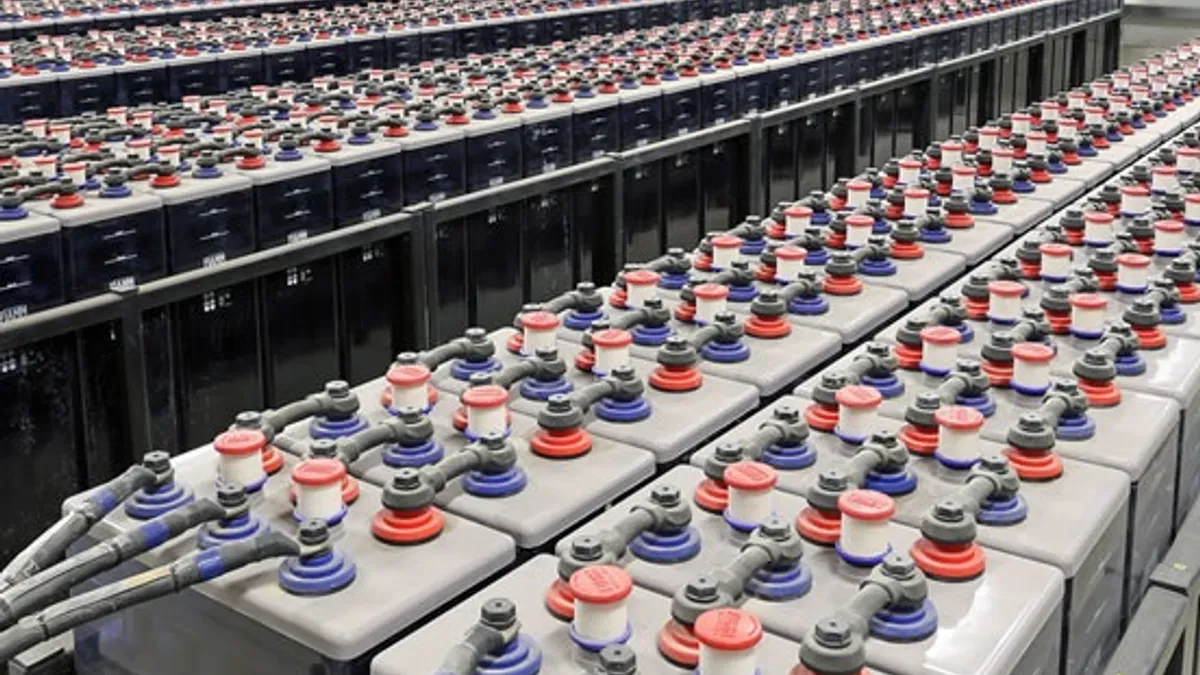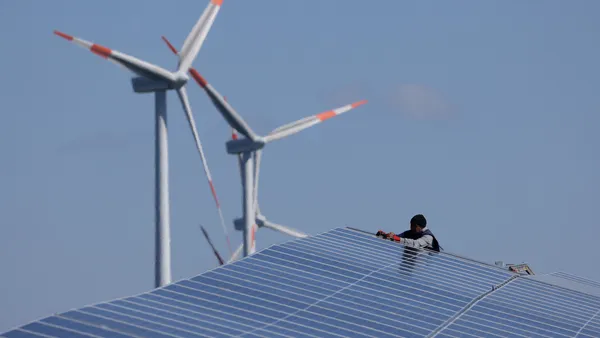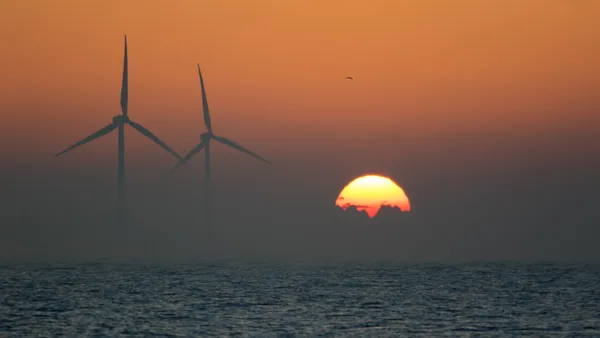Dive Brief:
-
The Massachusetts Department of Energy Resources (DOER) has determined it is prudent for the commonwealth to adopt an energy storage target for electric companies.
-
DOER will next adopt specific energy storage targets by July 1, 2017, and the targets would take effect by Jan. 1, 2020.
- In order to set “the appropriate target scale, structure and mechanisms,” DOER has requested stakeholder input by January 27, 2017.
Dive Insight:
In August, Massachusetts Governor Charlie Baker signed into law a bill that directed DOER to determine by year end whether or not energy storage targets would be prudent and cost-effective Massachusetts. The DOER released its determination on Dec. 27.
The decision of prudence was widely expected. Last fall, the DOER released an energy storage report, State of Charge, that outlined a roadmap for energy policy recommendations.
The study looked at the potential for storage to help capture the full value and potential of renewable energy resources and its ability to shave peak loads and thereby reduce rates for customers.
Among other things, the report said that energy storage in the state could hit 600 MW, if all recommended programs were adopted.
At the time, Matt Roberts, executive director of the Energy Storage Association, said the 600 MW target was “conservative” compared with the 1,766 MW of cost-effective storage that was modeled in the study. Stakeholder input will be used to help regulators set the final storage target after the comment period concludes this month.
In addition to addressing energy storage issues, the law signed by Baker also requires the state’s utilities to purchase power from hydroelectric plants and from both onshore and offshore wind farms. The law calls for long-term contracts for 1,600 MW of offshore wind power and 1,200 MW of hydropower or other renewables.














